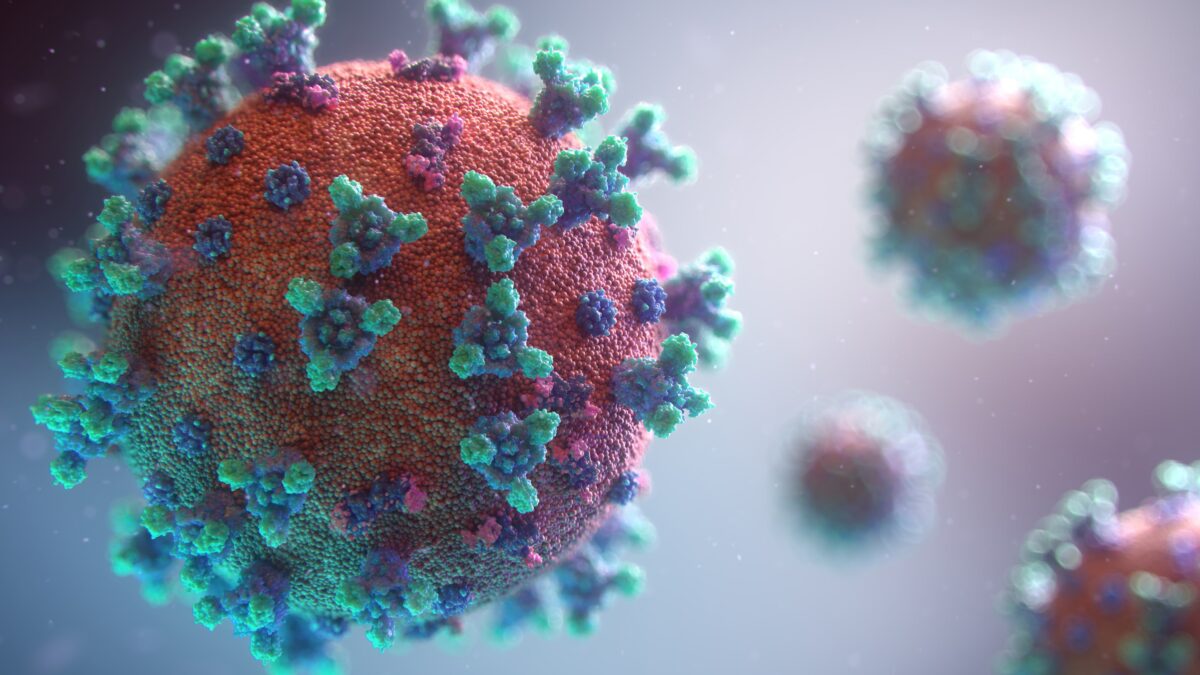
Steps missing in the supply chain
Globally many supply chains are disrupted by the COVID-19 pandemic. Some facilities are closed while others remain operational leaving many empty spots in the chain. This becomes most apparent for life-essential goods like food where the supply chains are being disrupted due to processing facilities being closed or operating below normal capacity. Shifts in demand happen especially fast during a pandemic and the ability to adapt and respond to issues rapidly with no critical impact on operational costs is necessary to stay competitive on the market.
In Belgium we see that retailers demand more and restaurants or catering suddenly are no longer a big customer. The issue is where to allocate the production and which facility can handle it. When all these decisions need to happen manually and by making phone calls, things very quickly become complex, chaotic, and almost too much to handle.
In the US the situation is even worse. Farmers are not able to move their product to the next step in the chain in time because some of the processing facilities are locked down. Food passes its expiration dates; huge amounts are wasted and can no longer follow their normal process throughout the chain. The end consumer can now no longer purchase the products they love, and even more panic arises. Consumers start panic buying and a new cycle of problems starts where retailers cannot provide for everyone because they are unable to respond in time.
When chains are even more international the problem only gets bigger. The differences between countries become more apparent and disrupt the chains further, leaving many products stuck at different steps of the chain.
Supply and demand disequilibrium
Even before the problems in the food chain appeared it became clear that the necessary medical equipment is not available everywhere. Politicians want to find a solution but where do you start when there is no clear view of every single supply chain and what every company can produce. It quickly becomes a logistical issue with many complexities resulting in mouth masks not being delivered or production below the demand. There are often many steps involved in getting a product in a short amount of time. Due to the long period to arrange all these steps involved prices of equipment spike. If only there was an easier way to place a large order and let the system take care of it.
So how can the Unova platform mitigate these issues?
It all starts with knowing where a product comes from and what companies are involved in a chain. We prefer not to speak of data because it usually becomes an abstract idea where the point very quickly loses its concrete value. So, let’s try to make it concrete with an example.
Imagine a platform where companies and multiple chains are onboarded, and products can be tracked throughout the system from farm to retailer or end consumer almost as if you are physically walking along the process. Every event or process occurring to the products are registered and different types of companies registering different types of events are all on the system. Let this be our starting point.
Now COVID-19 (or any future pandemic or disruption) occurs. Chains get disrupted, facilities lose capacity and some even need to close. Farmers panic, “where do I need to send my product?”, Retailers panic, “Where can I get extra toilet paper, meat, fruit etc..?”, producers panic, “How do I allocate production between my multiple facilities, how do I arrange transports…?”. we can keep going but we think you get the idea.
Now flexibility and making fast moves is critical. Imagine having the right data to help you determine where to allocate all your goods or ‘assets’ over the chain and different facilities. If you are looking for a product imagine being able to know fast where to get it and how to get this supply chain up and running in a matter of hours and not days or weeks. If one facility closes, quickly find out which facilities or organizations do the same process and can replace the current one for a limited time. Arrange transports and still follow the product throughout the chain as if its normal times. Result? Products can reach their destination and supply chain disruptions remain limited. Imagine a system that can even figure this out for you automatically. This is a future that will be a reality very soon.
The data we are capturing which are usually kept inside internal company systems or in separate data silos can now be linked and used to manage supply chains as if they are one company on an IT level. This, without changing the business of the company as such. Allowing companies to operate fully independently and make decisions for themselves while at the same time taking advantage of a bigger system that combines all these IT capabilities. Giving many new business and sales opportunities and operate at full efficiency regardless of external shocks.
Masks can be ordered and delivered fast, food can be processed and reach the end consumers and retailers can easily deal with ever-changing demand. overall, society wins with this system in place.
Want to learn more? Click here!
